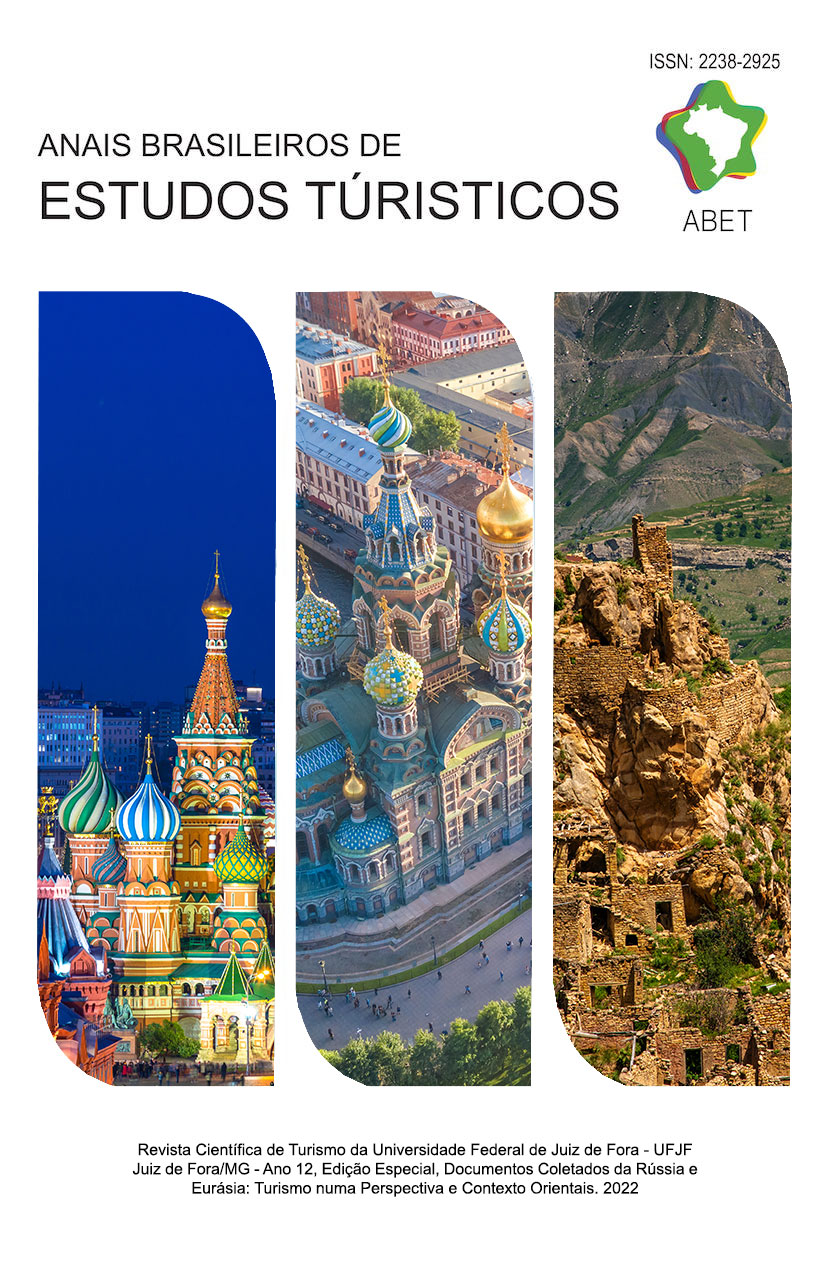A Comprehensive Mechanism to Optimize the Level of Efficiency of Security in Public Places in the Urban Environment as a Precondition for Tourism Development and Smart Cities
DOI:
https://doi.org/10.5281/zenodo.7379149Keywords:
Public safety, Law and order, Public place, Activities of authorized bodies, Public participation, TourismAbstract
The objective of this conceptual paper is to map in a comprehensive and systematic way the set of mechanisms and activities used by public authorities and institutions to ensure the protection of order and security in public places in the urban environment. This is the case of Russia, for example. The protection of public order and ensuring public safety is a priority task of the activities of state internal affairs bodies and a necessary condition for any tourist activity, and particularly a problem for large cities since the existence of various governmental structures and public institutions are involved can hinder the process. By means of a documentary study, taking as an example the case of Russia, several factors affecting the safety of the urban environment have been considered, such as: public space, law, and order, public safety, the formation of a safe material urban environment. Also, various areas of activity in the functioning of the complex mechanism, the participating authorities and public institutions, their functions, and their role have been investigated, taking the Russian case as an example. The authors identified examples of successful solutions to problems of ensuring security and law and order in public places from Russian experience and supplemented by the international one. It has been concluded that proper provision of security and law and order in public places is achievable only in a complex, by combining the efforts of various state structures and the public. The ways to improve their activities have been proposed.
Downloads
Downloads
Published
How to Cite
Issue
Section
License
Copyright (c) 2022 Anais Brasileiros de Estudos Turísticos

This work is licensed under a Creative Commons Attribution 4.0 International License.
This journal provides immediate open access to its content, following the principle that providing free scientific knowledge to the public provides greater democratization of world knowledge.
Authors must agree to the following terms relating to copyrights:
(a) Authors keep all copyright and grant the to the journal the right of first publication, with the work simultaneously licensed under the Creative Commons Attribution License that allowing job sharing with recognition of authorship of the work and initial publication in this journal.
(b) Authors are allowed to assume additional contracts separately, for non-exclusive distribution of the version of the work published in this journal (e.g. publish in institutional repository or book chapter), with recognition of authorship and initial publication in this magazine.
(c) Authors are allowed and are encouraged to publish and distribute their work online (e.g. in institutional repositories or on your personal page) since they do not do this before or during the editorial process, as this can generate productive interchange, as well as increase the impact and citation of work aired. (See Effect of Free Access).















